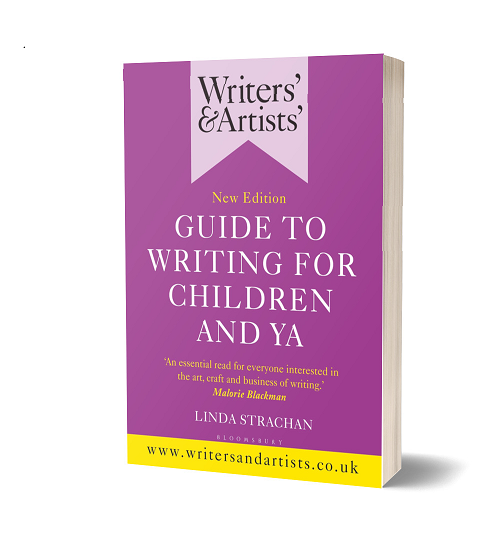Tips on creating characters in this extract from Linda Strachan's Writers' & Artists' Guide to Writing for Children & YA,

Most characters do not appear in your head fully formed; they develop gradually in much the same way as we get to know a new acquaintance. Sometimes we don’t see negative traits in people we meet until we know them better and discover, sometimes to our cost, that they are not as pleasant as we first thought. Conversely, we may assume the negative traits we see are all this person might be, until we discover that these are hiding a soft heart.
So how do you create a credible character that someone will care about?
You need to get to know your character well enough to be able to anticipate their reaction in any given situation without really thinking about it.
Take Cinderella’s wicked stepmother. Would she have given Cinderella the night off to go to the ball? Perhaps she would have bought a lovely gown for Cinderella to wear to the ball? She could well have done, but we know she would only do so if she had an ulterior motive. We know what kind of person she is, what her motives are and how she would react in that or any other situation.
Get to know your character’s quirks, likes and dislikes so that this knowledge can inform your writing and the storyline as it relates to that character. There are various ways to create a character and most of these are just ways of getting to know them well enough so that they will appear real when you tell their story. Take time to consider the finer details of their appearance and how this affects them. Are they tidy and well dressed, or scruff y; always clean or a bit grubby? Is appearance important to them or do they not care at all? Either way, can you make that a particular quirk of theirs? What matters most to them and what do they want most? Can you take that away from them, and if so how do they get it back? Who do they care about, want to impress, or worry about disappointing? What are they scared of?
You may want to create an anchor for your character that makes them memorable – either visually or emotionally – to the reader; you could give them an interesting name, perhaps, possibly even something that suggests the opposite to their nature, or character. You could link them with a sensory impression such as a particular scent or a sound or perhaps something they always carry like a stick to rattle along railings or a habit such as biting their nails or drumming their fingers; you can use these sparingly and to good effect. How a character speaks often fixes the character in your head and can reveal a lot about them. It could be the particular rhythm of their speech, or a phrase or word that they like to use often.
Consider how difficult it is to remember a group of people you have never met before, if you are introduced to them one after the other. If they are particularly nasty or different or quirky, you have a reason to remember them. Try this next time you are in a situation where you meet several new people. Who stands out in your mind afterwards, and why? We may recall someone because they wore a large silly hat, had bad breath, looked particularly tall or short or were otherwise distinctive.
Avoid long descriptions and bringing in too many characters at the same time. You may have spent a lot of time creating these characters and although you know them well, your reader will not easily cope with too much information at one time. So, when you introduce a character they should make some impact so that when they appear again the reader is not confused as to who they are.
You could introduce one character through the perceptions of another, making the reader strive to look beyond this particular character’s motives or lack of sensitivity to the new character. This introduces a question in the reader’s mind about everything the original character says because they then realise their view might be skewed. The reader becomes involved and it gives them pause for thought, especially if they instantly recognise that the narrator character is mistaken, angry or jealous.
The Writers' & Artists' Guide to Writing for Children & YA by Linda Strachan, is available to purchase now.
Comments